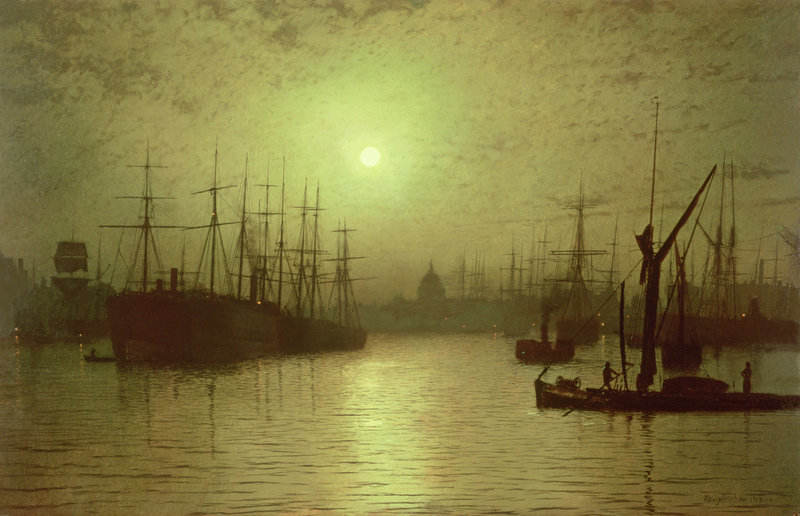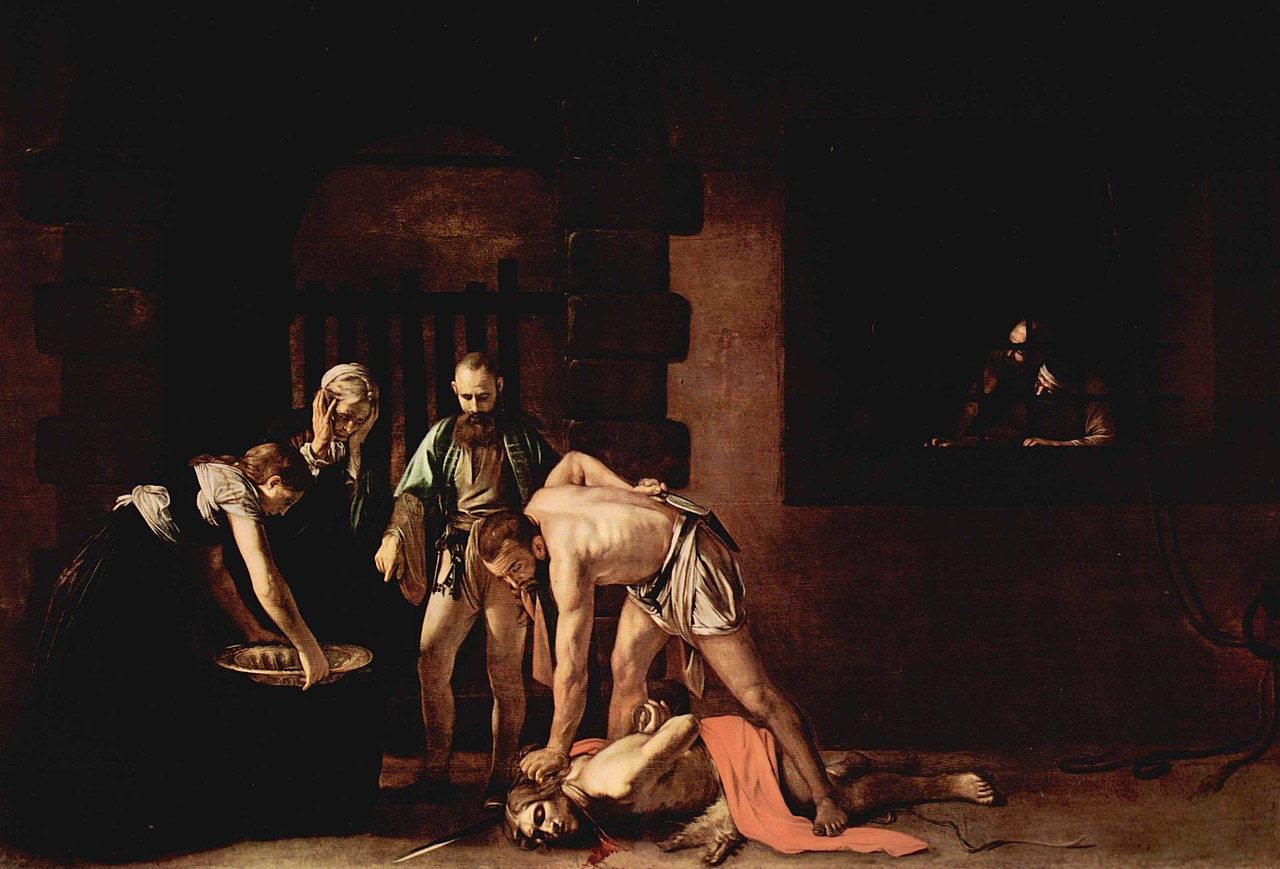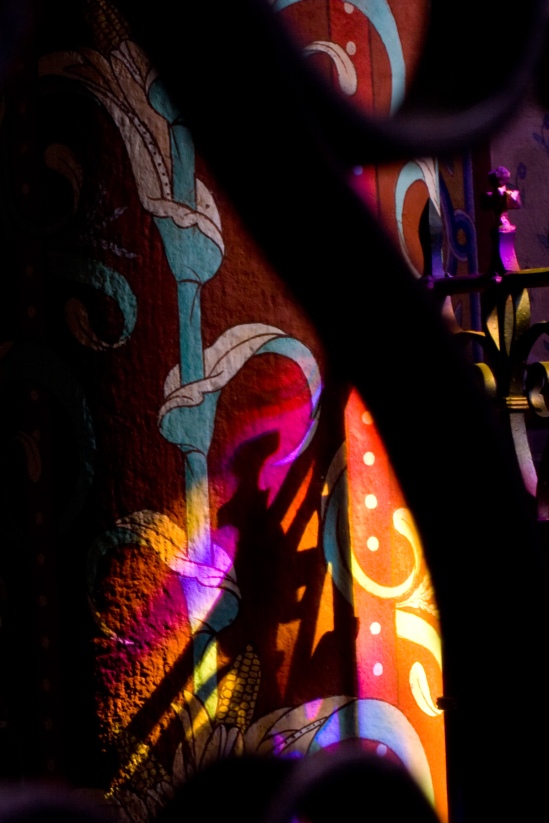
"Nightfall on The Thames".
Artist: John Atkinson Grimshaw (1836–1893).
Date: 1880.
Current location: Leeds City Art Gallery, England.
Source/Photographer: Direct link via Leeds Museum & Galleries.
(Wikimedia Commons)
John Atkinson Grimshaw (6 September 1836 – 13 October 1893) was a Victorian-era artist, a "remarkable and imaginative painter" known for his City night-scenes and landscapes.
His early paintings were signed "JAG," "J. A. Grimshaw," or "John Atkinson Grimshaw,"
though he finally settled on "Atkinson Grimshaw."
John Atkinson Grimshaw was born Leeds, England. In 1856, he married his Cousin, Frances Hubbard (1835–1917). In 1861, at the age of twenty-four, to the dismay of his parents, he left
his job as a Clerk for The Great Northern Railway to become a painter. He first exhibited
in 1862, mostly paintings of birds, fruit and blossom, under the patronage of
The Leeds Philosophical and Literary Society. He became successful in the 1870s
and rented a second home in Scarborough, which became a favourite subject of his paintings.
Several of his children, Arthur E. Grimshaw (1864–1913), Louis H. Grimshaw (1870–1944),
Wilfred Grimshaw (1871–1937) and Elaine Grimshaw (1877–1970) became painters.

"November".
Artist: John Atkinson Grimshaw (1836–1893).
Date: 1879.
This File: 19 September 2013.
User: Austriacus.
(Wikimedia Commons)

"A Moonlit Evening".
Artist: John Atkinson Grimshaw (1836–1893).
Date: 1880.
Current location: Thyssen-Bornemisza Museum, Madrid, Spain.
Source/Photographer: posted to Flickr as John Atkinson Grimshaw - A Moonlit Evening, 1880 at Museo Thyssen-Bornemisza Madrid Spain with a Copy Fraud License by Flickr user mbell1975.
(Wikimedia Commons)



















